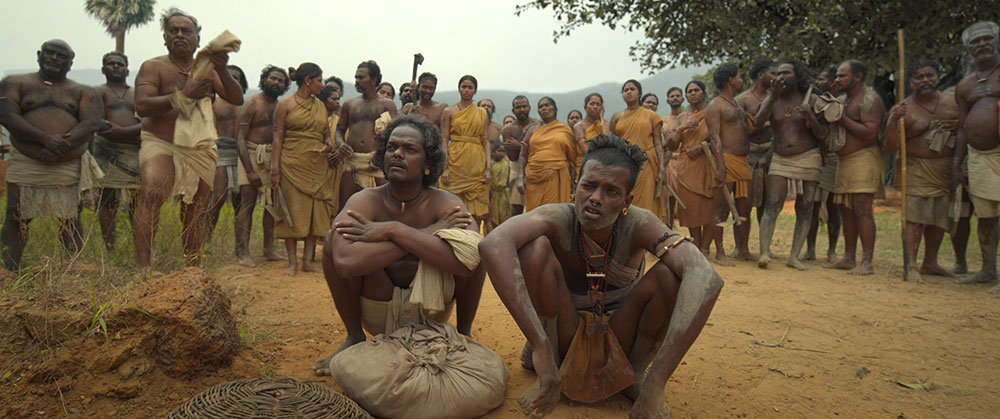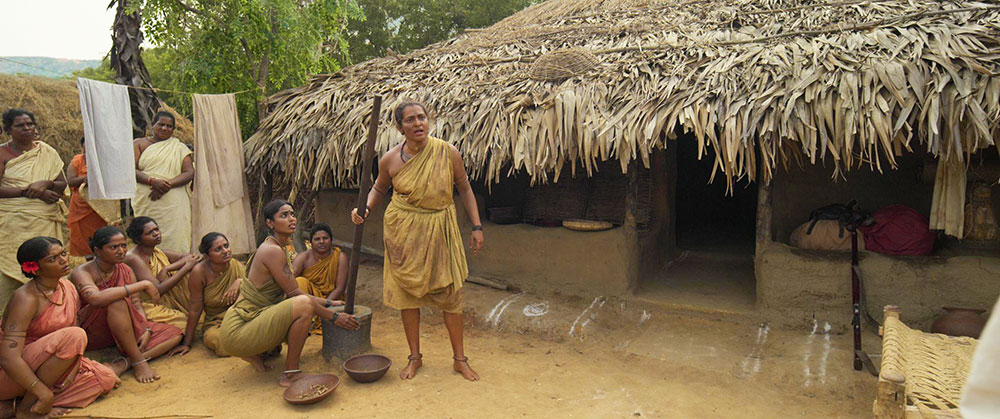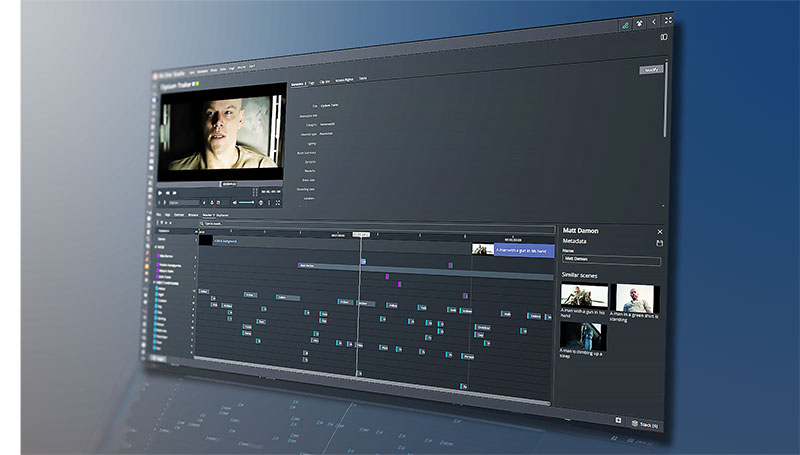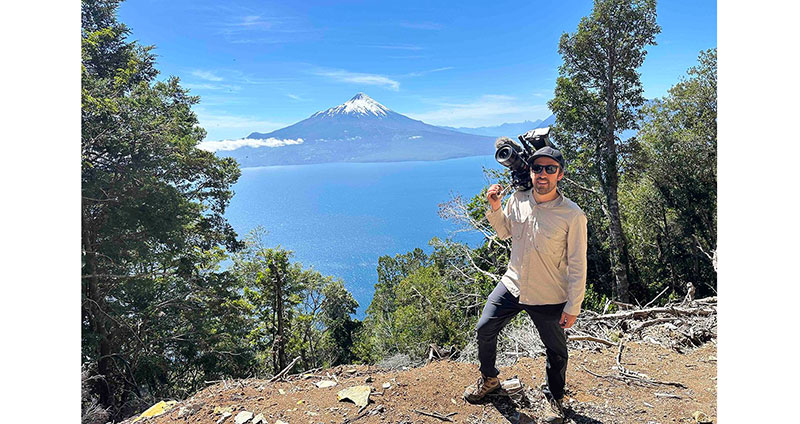John Sriram talks about grading Thangalaan in Baselight, bringing colour to the historical drama about workers at India’s Kolar Gold Fields, between real and mythological worlds.
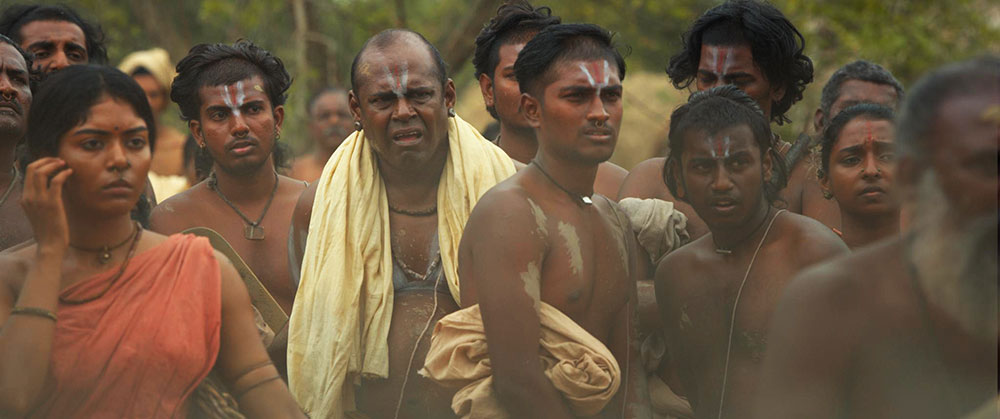
Thangalaan, directed by Pa Ranjith and shot by cinematographer Kishore Kumar, is a historical movie based on true events that revolve around the lives of mine workers in the Kolar Gold Fields in Karnataka, India.
The movie was graded by colourist John Sriram at Lixo Pixels in Chennai, and is his first collaboration with the director and cinematographer, who had worked together previously on quite a different project, the successful musical romance Natchathiram Nagargiradhu.
Although Kishore Kumar had initiated some ideas for the colour palette in pre-production, John Sriram’s primary involvement began after the shoot. “I joined the project during post-production when I worked with the DoP to present some initial grading ideas,” he said. “These were very well received and from there, Kishore gave me creative freedom to experiment with the colour schemes, while ensuring they aligned with the director’s vision.”
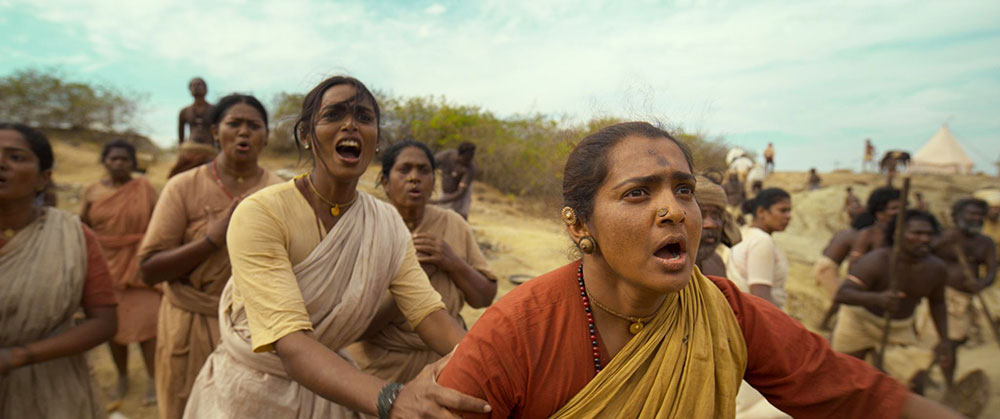
Kishore shot the project on the Sony Venice 2, using Cooke S7/i lenses as a way to soften the sharpness of the digital format and produce a more analogue feeling. This choice helped balance the film’s landscape and skin tones by creating tonal separation in scenes where colours frequently blended into each other.
A Period Drama from Two Worlds
As a period drama, the film demanded a particular visual aesthetic. One of the key inspirations for the look of the movie was Martin Scorsese's Killers of the Flower Moon, which Sriram and the team used as a reference to create a similarly grounded, historical look.
However, because Thangalaan features a story with both real-world and mythological elements, colour also played a role in distinguishing between these different realms. “The goal was to transport the audience back in time, and at the same time use colour to differentiate between the film’s various narrative worlds,” said John.

“The illusionary world was graded with a rich, deep orange hue, paired with red skin tones to emphasise their surreal nature. In contrast, real-world scenes remained more subdued and natural, helping the audience follow the transitions between these two spaces.” Through his close collaboration with the director and DoP, John created a visual narrative to separate real and illusionary worlds.
An interesting highlight for John was grading scenes that alternated between day and night. “To create a clear visual contrast, I brightened the daytime sequences and deepened the tones in the night scenes – creating a striking difference while maintaining a subtle visual language,” he said. He also took care to preserve the authenticity of the film’s landscapes. Since the story is closely tied to the land, especially its distinctive sand, John avoided altering the natural colours of these elements.
Integrating Visual Effects
The VFX elements in Thangalaan are critical to the story and include a symbolic mountain, a snake and a panther. To ensure smooth integration between the CGI and live-action footage, Sriram adopted an ACES (Academy Color Encoding System) workflow.
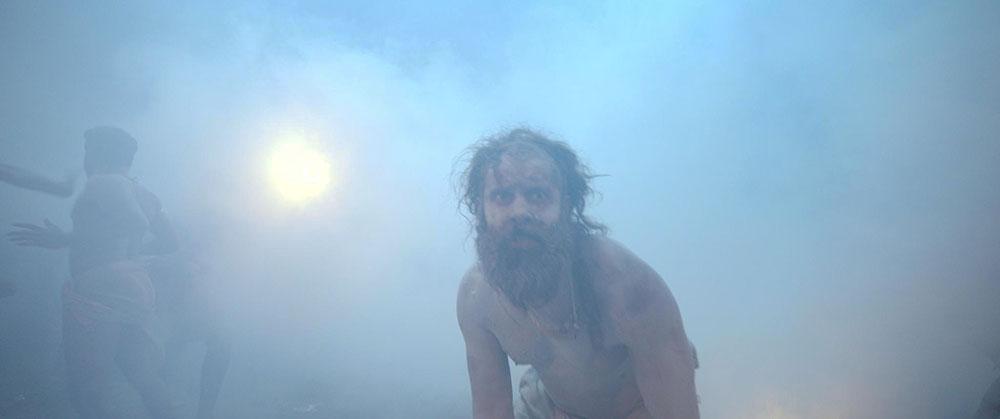
As a unifying standard, ACES transforms capture-referred data from different cameras and sources into scene-referred data, with a common starting point and shared colour science. In that way, ACES is used to standardise the colour science used in various projects – including VFX projects – and can therefore serve as a standardised colour management system across production and post.
“By working in the same colour space as the VFX team, we achieved a smooth blend across the final visuals, maintaining consistency across the film's complex visual effects shots,” John said.
New Tools for Baselight
Although he began the grade of Thangalaan in FilmLight's Baselight 5.3, he upgraded to Baselight 6.0 midway through the project. “The new features in Baselight 6.0, including X Grade and Face Track, were instrumental in achieving the desired look for the film. These tools helped me streamline complex sequences and allowed me to adjust colours and tones with precision.”
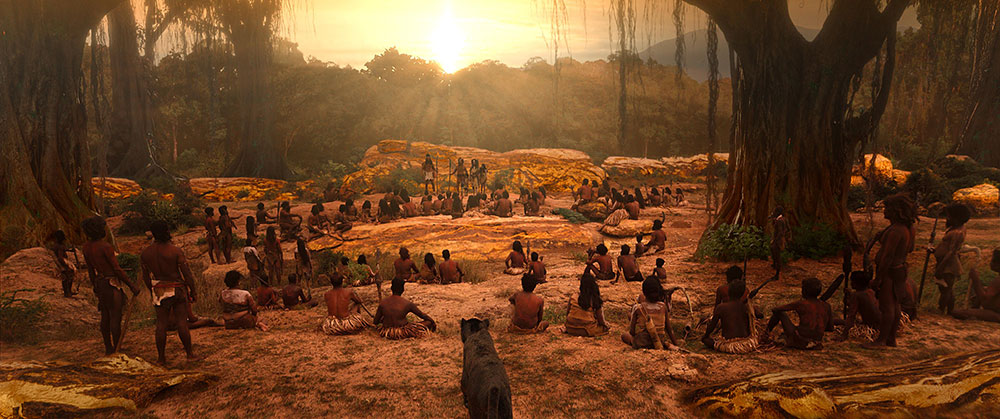
A colourist can use the X Grade primary correction tool to make multiple localised corrections in a single layer without having to create keys or mattes. It works within its own perceptual colour space, and has a scope display that represents the colours within the image, plus the edits applied to it.
Because X Grade can process zonal transforms, without relying on 3D LUTs, colourists can work with numerous complex alterations to smoothly achieve the desired look, and do not need to manage folds, edges or clipping. The same correction may be applied to similar shots in the timeline.
Face Track is a time-saving tool based on machine learning that takes over many of the repetitive tasks needed when doing beauty work, to address each appearance of each character. Using an ML model, Face Track finds all faces in a scene and tracks them, attaching a polygon mesh to each one.
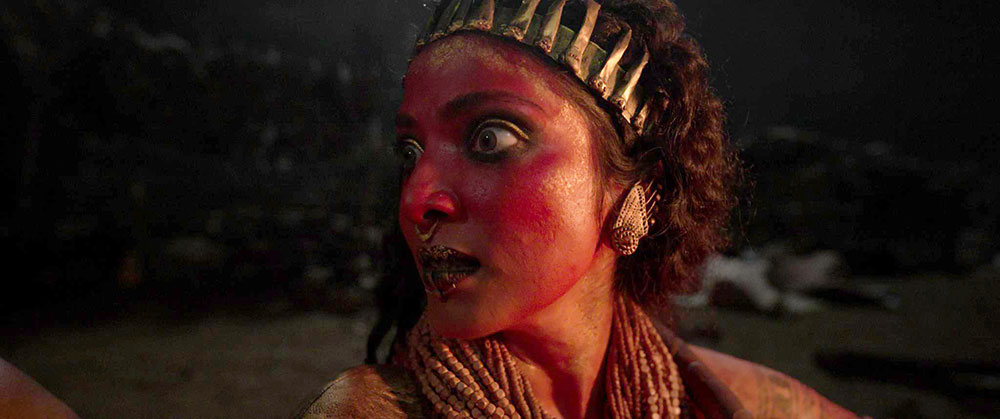
Perspective-aware tools then distort with the mesh as the face moves and turns through the shot. By applying Face Track across the whole timeline, it will copy and paste the correction to all desired instances of the same face.
Thangalaan is available now on Netflix in several languages. www.filmlight.ltd.uk
